Traditional Native American art has had a great influence on contemporary visual art around the world. Just looking at the work of painters such as Oscar Howe, Pablo Amaringo and the many artists listed below, it is abundantly clear what can be done when traditional themes mix with contemporary techniques and styles. Check out these 10 Native American painters (from North, South and Central America) who have helped to bridge the gap between the modern and traditional art worlds.
Oscar Howe (Dakota)
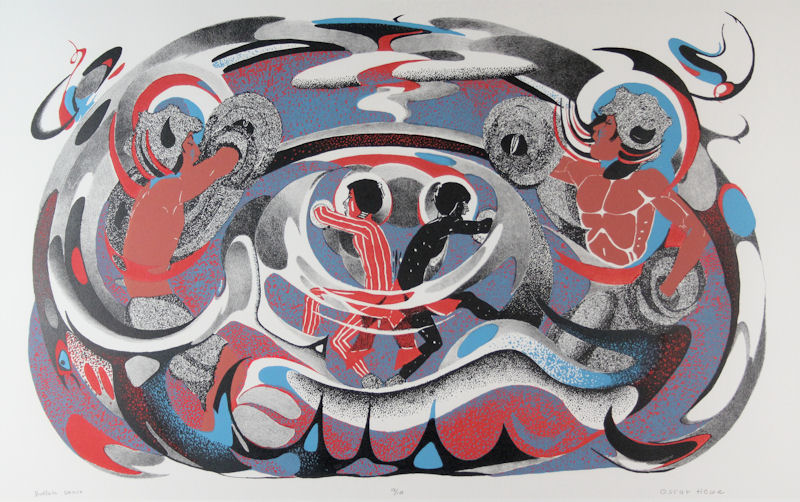
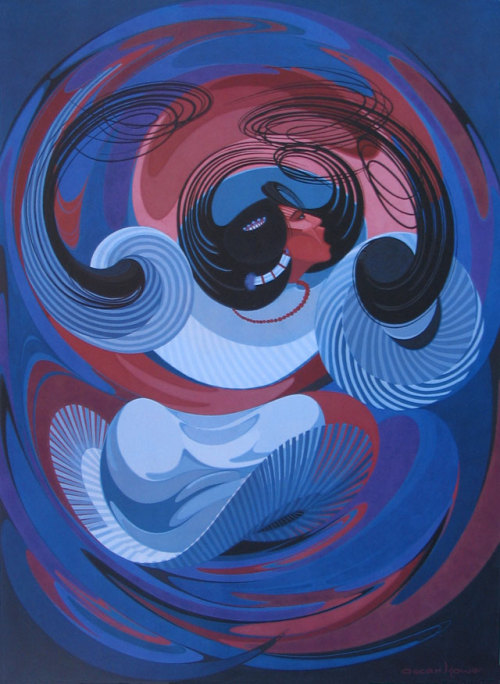
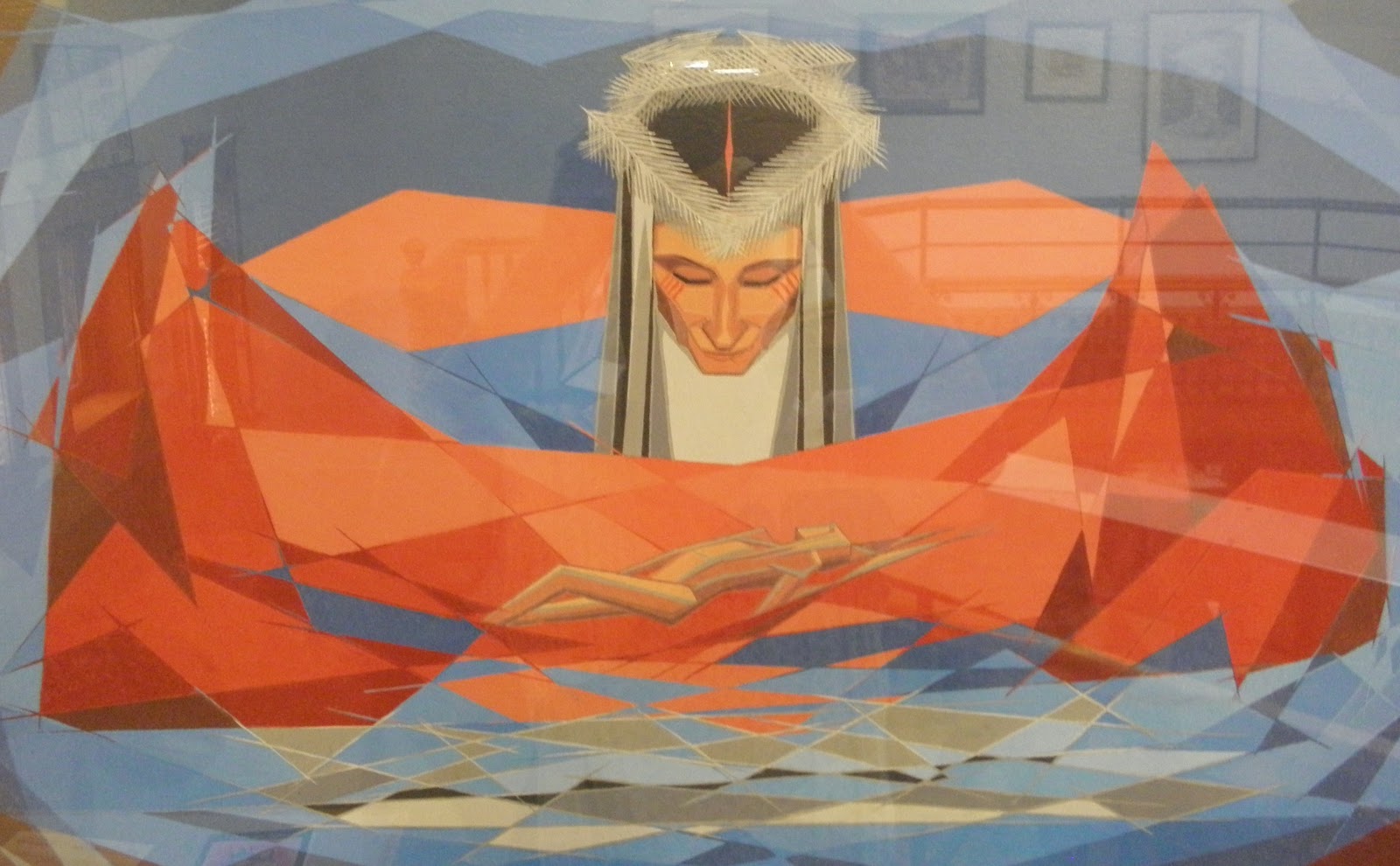
Dakota artist Oscar Howe is known for his portrayal of the life of his people on the reservation. His colorful portraits and mystical scenes from Dakota legends were said to break with “traditional” art forms, but Howe replied that those who criticize his art as non-traditional have “no idea what the native art tradition is all about.” (source: sdstate.edu)
Diné Sandpaintings (Navajo)
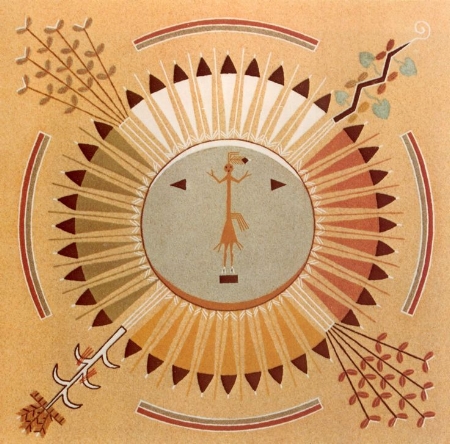
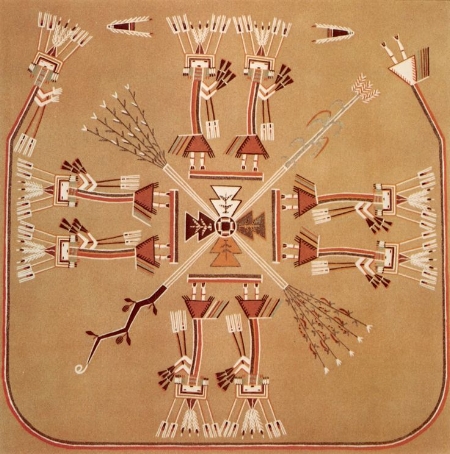

“In the sandpainting of southwestern Native Americans (the most famous of which are the Navajo / Diné), the Medicine Man (or Hatałii) paints loosely upon the ground of a hogan, where the ceremony takes place, or on a buckskin or cloth tarpaulin, by letting the colored sands flow through his fingers with control and skill. There are 600 to 1,000 different traditional designs for sandpaintings known to the Navajo. They do not view the paintings as static objects, but as spiritual, living beings to be treated with great respect. More than 30 different sandpaintings may be associated with one ceremony.” (source: wikipedia)
Bill Rabbit (Cherokee)
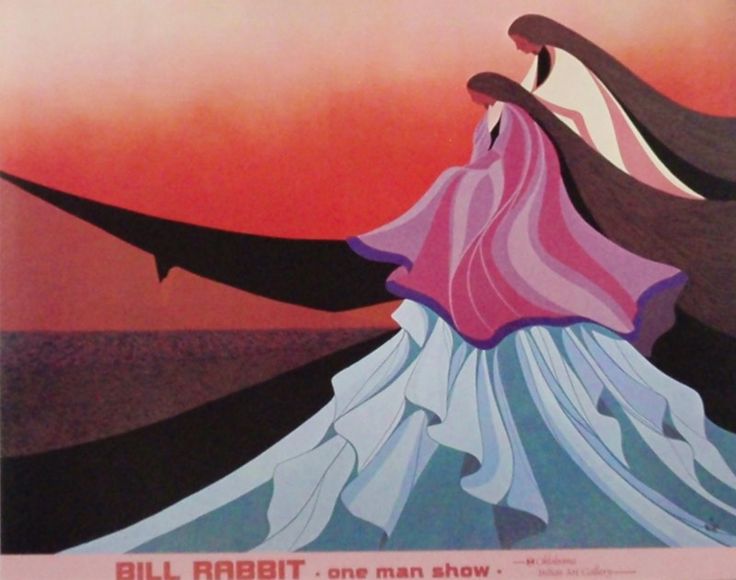
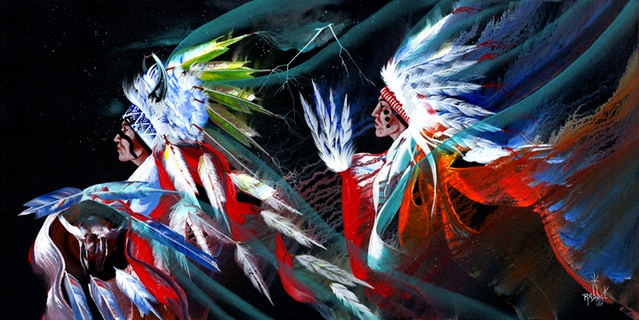
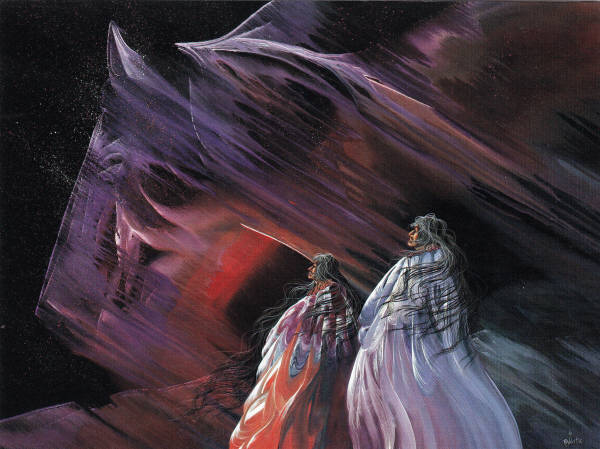
“As a child, Bill was strongly influenced by the stories told by Cherokee elders. Many of Bill's early paintings were detailed depictions of everyday activities of the early Cherokee settlers in Oklahoma. Over time, Bill's painting style has evolved from the realistic to the ethereal. Bill paints as he feels, not according to the public's expectations. Bill has stated, "I came to the realization early on that if you have the courage to do the best you can and the courage to put it in front of the public, and if you can learn to accept rejection, then you can do whatever you want to do.” (source: Native Arts of America)
Frank Howell (Southwestern painter)
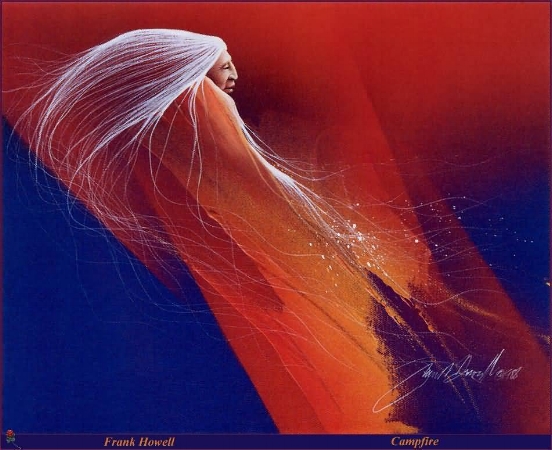
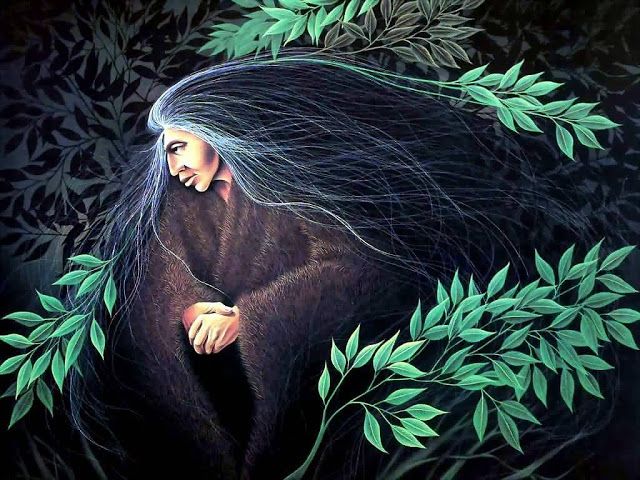
“Frank Howell was described as ‘having the remarkable ability to make a person feel that for a moment in time, they were the most important person in his life. Understand that painting is a wonderful kind of mirror that reflects the inner you, not your external appearance. You will have a sense of a kind of timelessness, a humanness the poetics in all things.’ Frank Howell's work is described as a fusion of the physical and spiritual worlds, the continuum of life. Whether he is painting an Indian face or a landscape, there is a sense of evolving; an evolution of past, present, and the dawning of the future.” (source: Native American Fine Art)
Jerry Ingram (Choctaw)
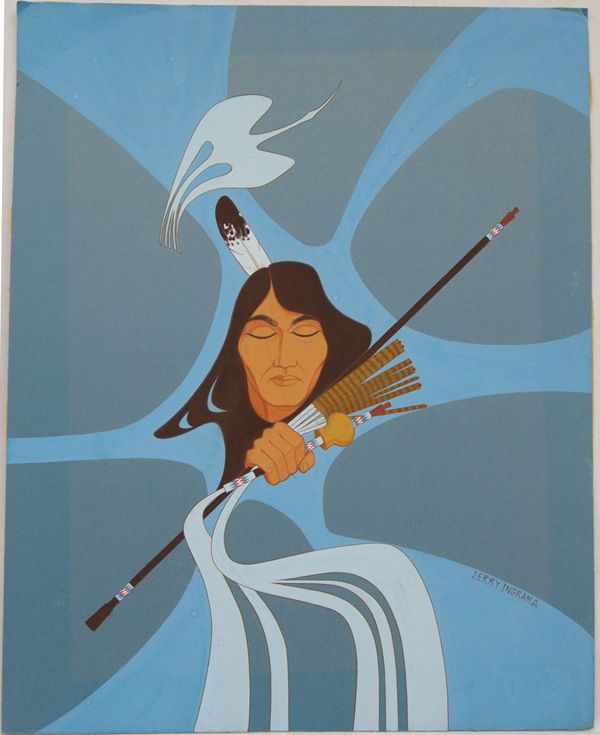
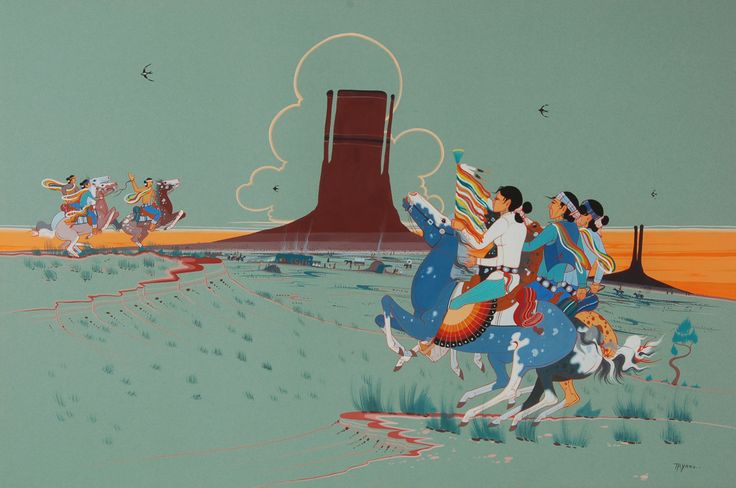
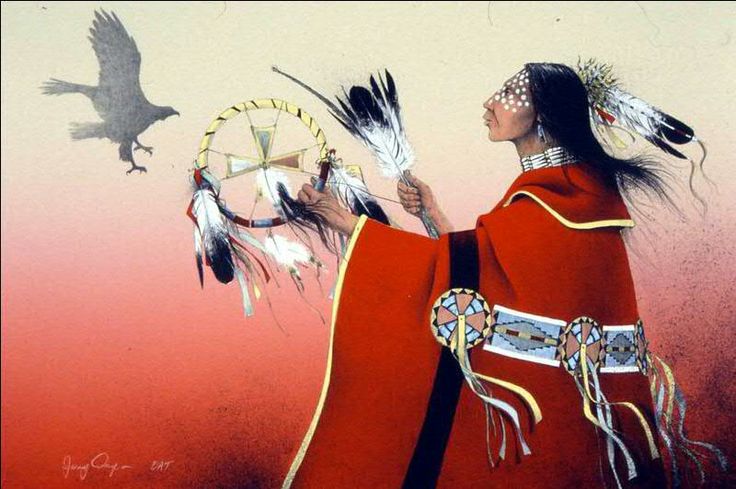
“In order to ensure accuracy in my portrayals, I began to teach myself beadwork and quillwork, making replicas of historic beadwork, dressing models in them and painting from them. After many years of making beadwork and quillwork for my own use I began to display and sell the work along with my painting.”
(source: mmaracuja.wordpress.com)
Pablo Amaringo and the Visionary Art School (Peruvian Amazon)
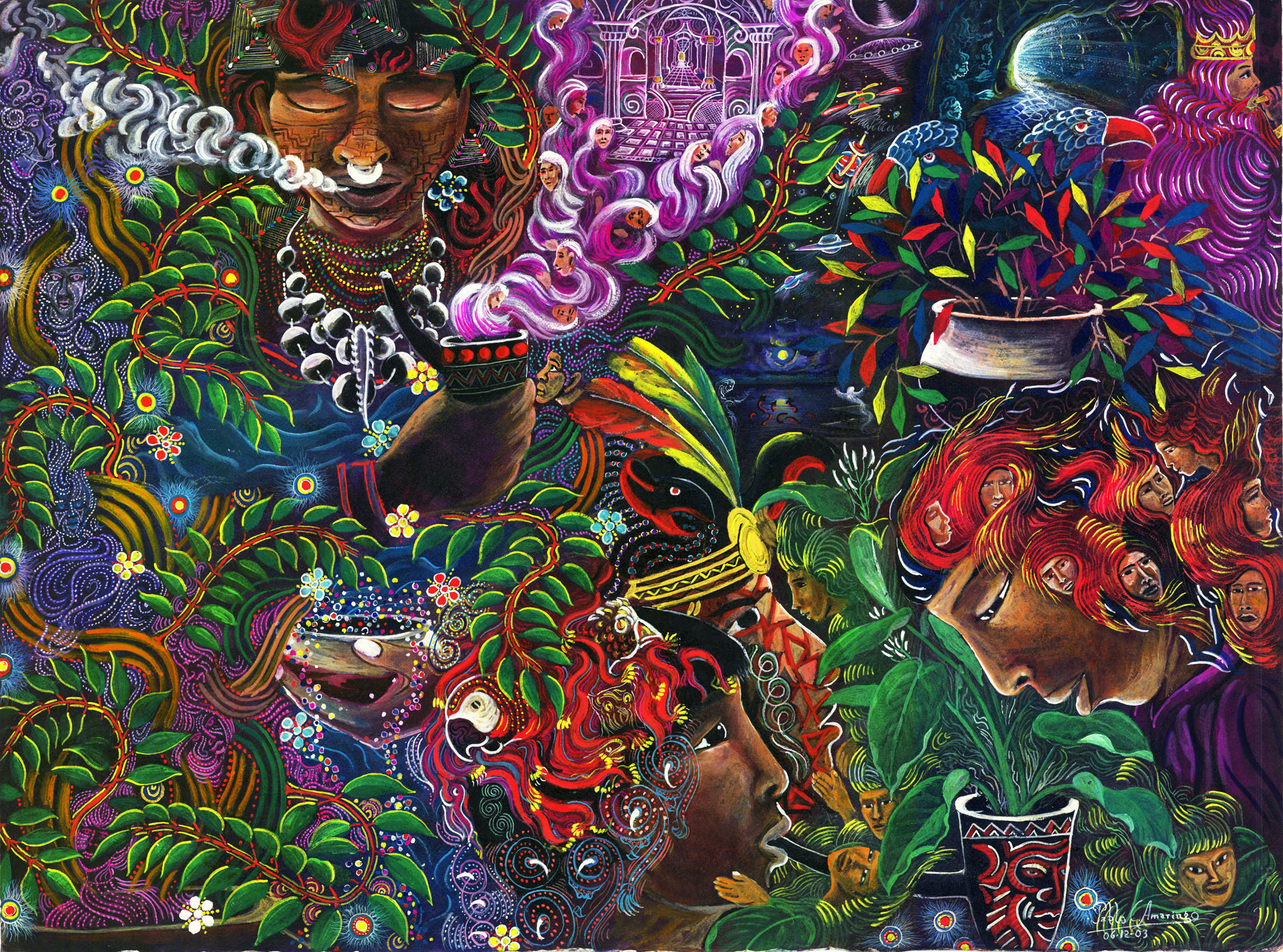
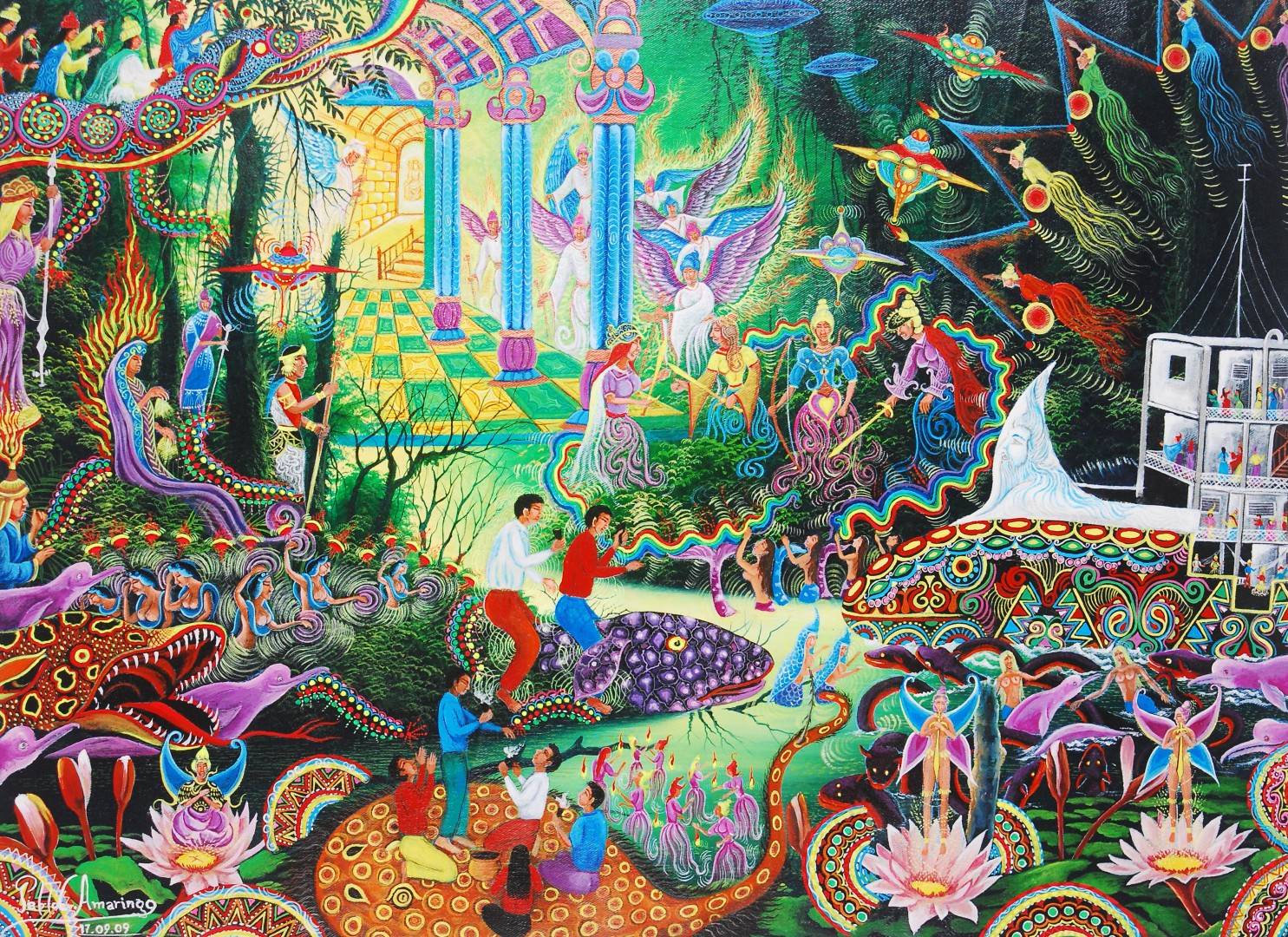
Peruvian painter, Pablo Amaringo, was known for his hand in the development of “Visionary Art”, a visual painting style that illustrates visions obtained during shamanic experiences. His fantastical colorful works embody the spirit of the Amazon jungle and the traditions found there. Students include Moises Llerena and Alfredo Zagaceta. (source: wikipedia)
Mirac Creepingbear (Kiowa/Pawnee/Arapaho)
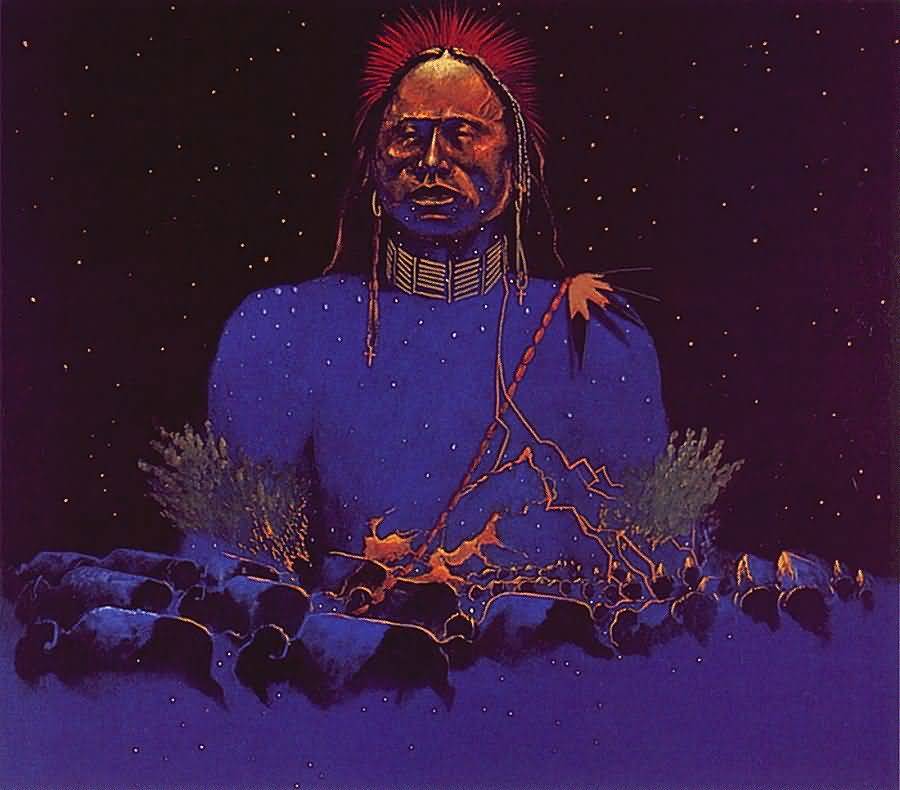
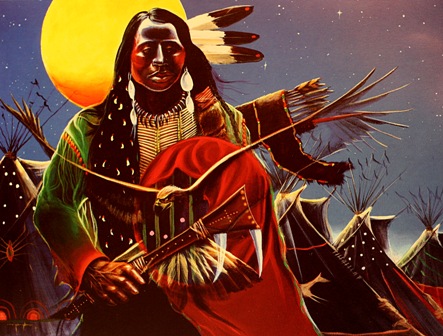

“Artist Mirac Creepingbear once said to a friend about his painting, ‘People like us have been here since time began. We’re record keepers.’ Mirac Creepingbear kept meticulous records of his native Kiowa/Pawnee/Arapaho culture and history, and his fellow artists respected his knowledge. Yet this same culture brought with it layers of religious rituals and symbolic talismans which Mirac was anxious to weave into the physical record of their life. He wanted to express this rich inner world that was so sustaining for his ancestors as well as to himself. This visual mixture of history and a kind of mysticism, combined with his enormous skill with painting, mark out his work as exceptional.” (source: normantranscript.com)
Woody Crumbo (Pottawatomi)
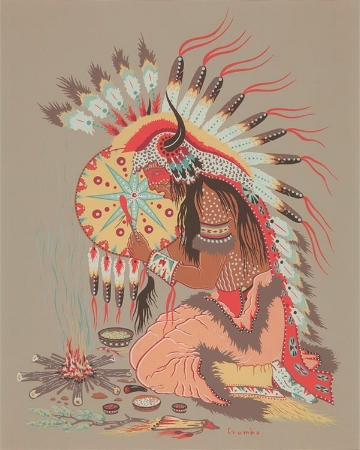
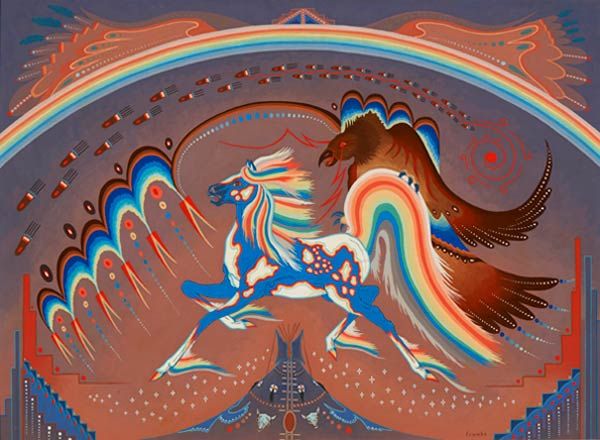
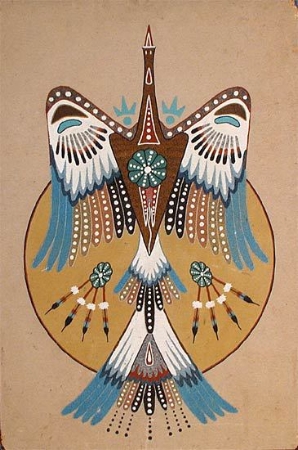
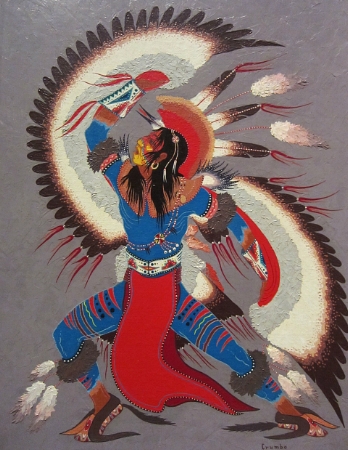
“Woody Crumbo spent six decades of the mid-20th century promoting Native American art to the mainstream, where often it was seen as a novelty or niche by wealthy collectors. Through printmaking, he mass produced his depictions of animals, dancers, and other vibrant images so that anyone could afford his work. Yet despite his prolific career, which included participating in hundreds of exhibits, painting murals inside the US Department of Interior, and having hundreds of his pieces acquired by museums like the Metropolitan Museum of Art and the Smithsonian, Crumbo’s art has, somewhat ironically, become a niche interest, often overlooked even when his influence in bringing Native American work into the contemporary art world remains a powerful presence.” (source: hyperallergic.com)
Bill Reid (Haida)
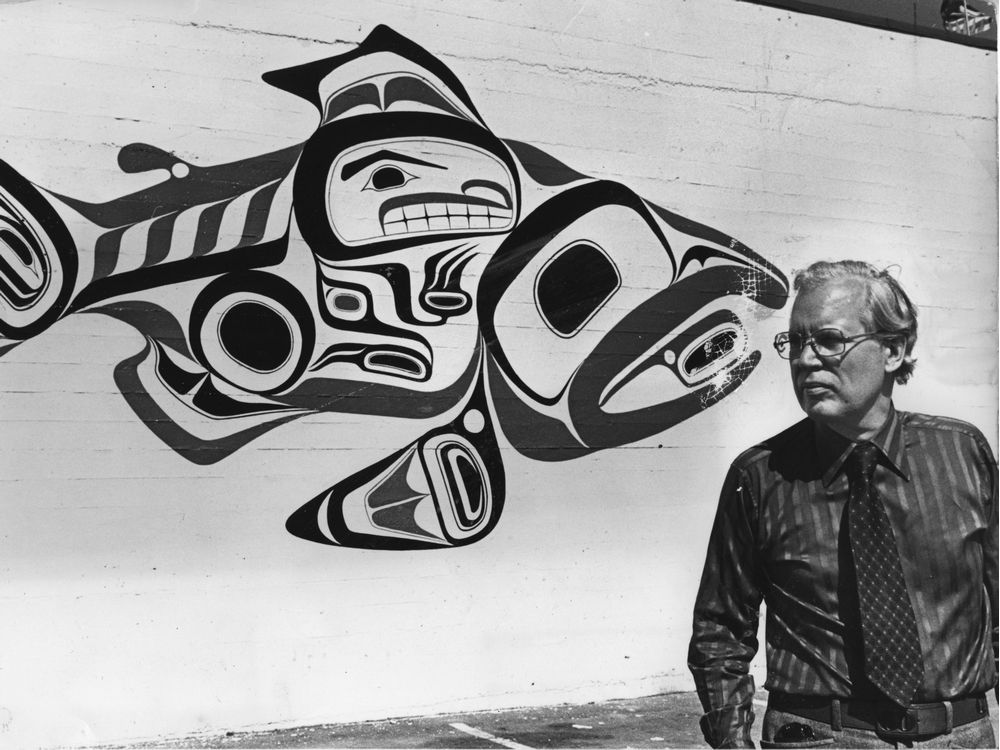

“For fifty years, Haida artist Bill Reid embraced many art forms. He gradually explored his rich Haida cultural heritage, studying early ethnographic publications, museum collections, and surviving examples of strong works from Haida Gwaii, always trying to understand the logic behind the form. Inspired by the deeply carved messages of the totems and the lush beauty of the Queen Charlottes, Reid would go on to create many powerful sculptural masterpieces.” (source: billreidgallery.ca)
Rufino Tamayo (Zapotec)
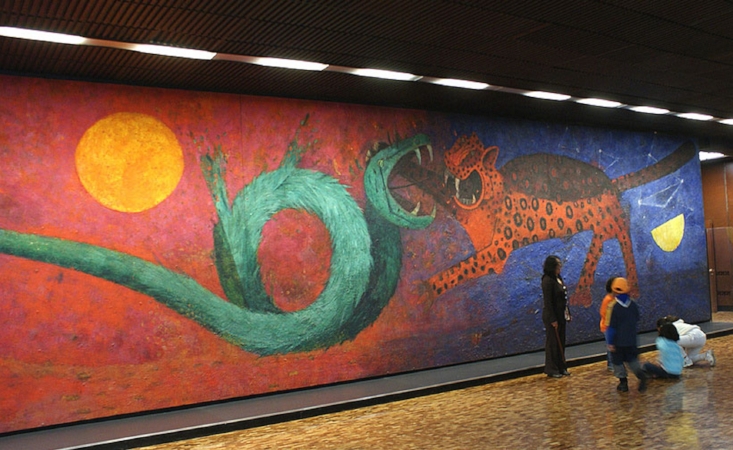
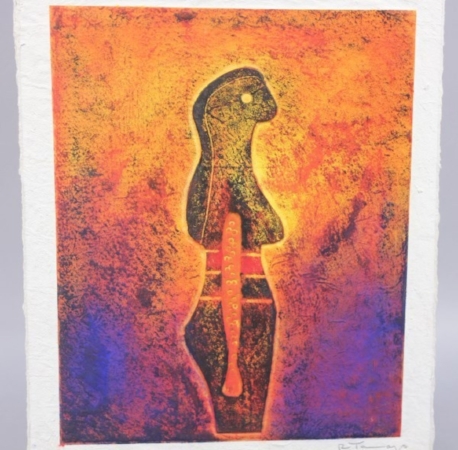
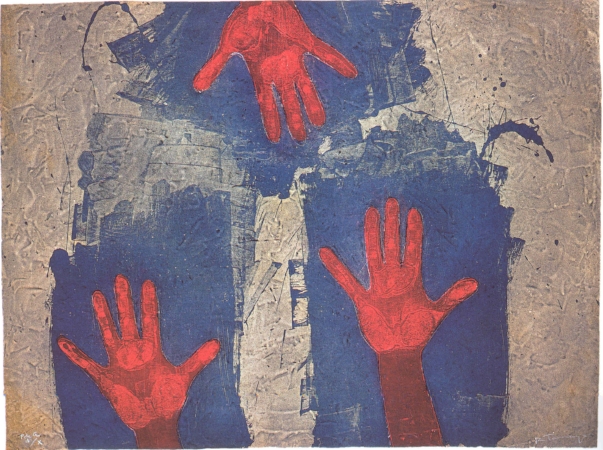
“For fifty years, Haida artist Bill Reid embraced many art forms. He gradually explored his rich Haida cultural heritage, studying early ethnographic publications, museum collections, and surviving examples of strong works from Haida Gwaii, always trying to understand the logic behind the form. Inspired by the deeply carved messages of the totems and the lush beauty of the Queen Charlottes, Reid would go on to create many powerful sculptural masterpieces.” (source: billreidgallery.ca)
